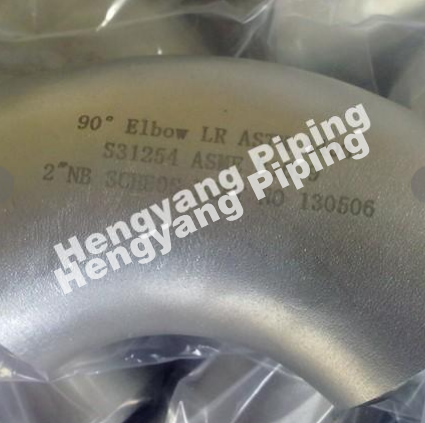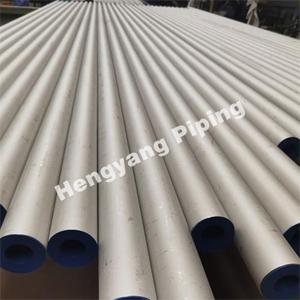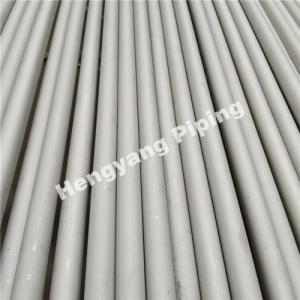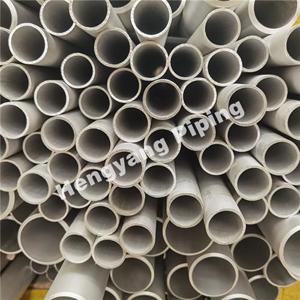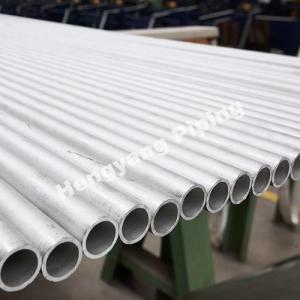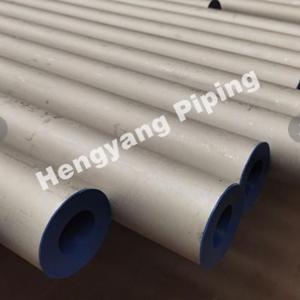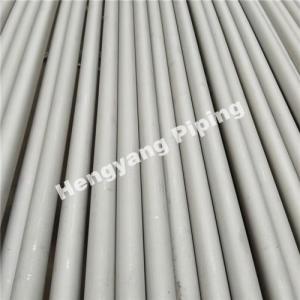What Is the Difference Between 304 and 316 Stainless Steel Fittings?
Stainless steel is renowned for its corrosion resistance and durability, making it an ideal choice for various applications. Among the numerous stainless steel grades available, two of the most popular and widely used are 304 and 316. These two alloys share many similarities but also exhibit distinct differences, particularly when it comes to stainless steel fittings. In this comprehensive guide, we will explore the disparities between 304 and 316 stainless steel fittings, helping you make informed choices for your specific needs.
304 Stainless Steel Fittings
Composition
304 stainless steel is an austenitic alloy and the most common type of stainless steel. It is composed of 18% chromium and 8% nickel, making it highly corrosion-resistant in most general environments.
Corrosion Resistance
- General Corrosion: 304 stainless steel fittings provide excellent resistance to atmospheric corrosion, making them suitable for various outdoor applications.
- Mild Chemicals: They can withstand exposure to mild chemicals, but prolonged contact with stronger acids may cause corrosion over time.
Strength and Durability
304 stainless steel fittings are known for their strength and durability. They are robust and capable of withstanding considerable mechanical stress. This makes them suitable for a wide range of applications, including plumbing, food processing, and architectural structures.
Common Uses
- Plumbing Systems: 304 stainless steel fittings are often used in plumbing systems, including water distribution and drainage, thanks to their corrosion resistance and strength.
- Food Processing: In the food and beverage industry, 304 fittings are preferred for their hygienic properties and resistance to rust, making them suitable for processing equipment and facilities.
- Architectural Applications: These fittings find their place in architectural designs, providing a polished and visually appealing finish in railings, fixtures, and decorative elements.
316 Stainless Steel Fittings
Composition
316 stainless steel is also an austenitic alloy, but it contains a higher percentage of chromium and nickel. Specifically, it consists of 16-18% chromium, 10-14% nickel, 2-3% molybdenum, and smaller amounts of other elements.
Corrosion Resistance
- Marine Environments: The significant molybdenum content in 316 stainless steel makes it highly resistant to corrosion in marine environments. It can withstand exposure to saltwater and brine, making it an ideal choice for marine applications.
- Strong Chemicals: 316 fittings exhibit superior resistance to a wide range of chemicals, including strong acids and alkalis. This makes them suitable for chemical processing plants and industrial settings.
Strength and Durability
316 stainless steel fittings possess excellent strength and durability, similar to 304 fittings. However, their enhanced corrosion resistance in harsh environments makes them a preferred choice for critical applications.
Common Uses
- Marine and Coastal Applications: 316 stainless steel fittings are widely used in marine and coastal environments due to their exceptional resistance to saltwater and harsh weather conditions. They are found in boat fittings, dock hardware, and coastal construction.
- Chemical Processing: Their resistance to strong acids and chemicals makes 316 fittings indispensable in chemical processing plants, where corrosion is a significant concern.
- Medical Equipment: In the medical and pharmaceutical industries, 316 stainless steel fittings are used in equipment and devices where sanitation and corrosion resistance are essential.
Comparative Analysis
- Corrosion Resistance: The primary differentiator between 304 and 316 stainless steel fittings is their corrosion resistance. While 304 fittings are suitable for most general environments, 316 fittings excel in resisting corrosion in more demanding settings, particularly marine and chemical applications.
- Cost: 316 stainless steel is typically more expensive than 304 due to its higher nickel and molybdenum content. The choice between the two often depends on the specific requirements of the application and budget considerations.
- Strength and Durability: Both 304 and 316 stainless steel fittings offer exceptional strength and durability. They can withstand mechanical stress and are long-lasting, making them suitable for various applications.
- Magnetism: 304 stainless steel fittings are typically non-magnetic, while 316 fittings can exhibit slight magnetic properties. The magnetic response of 316 stainless steel is due to its higher nickel content.
- Ease of Fabrication: 304 stainless steel is generally easier to fabricate and weld than 316. However, with the right equipment and expertise, both alloys can be worked with effectively.
Conclusion
In conclusion, the choice between 304 and 316 stainless steel fittings depends on the specific demands of your application. While both offer exceptional corrosion resistance, 316 stainless steel is the superior choice for more aggressive environments, such as marine and chemical settings. It is essential to consider the environmental conditions, budget constraints, and the required longevity of the fittings when making your decision. Understanding the differences between these two stainless steel alloys allows you to make an informed choice that best serves your needs.
